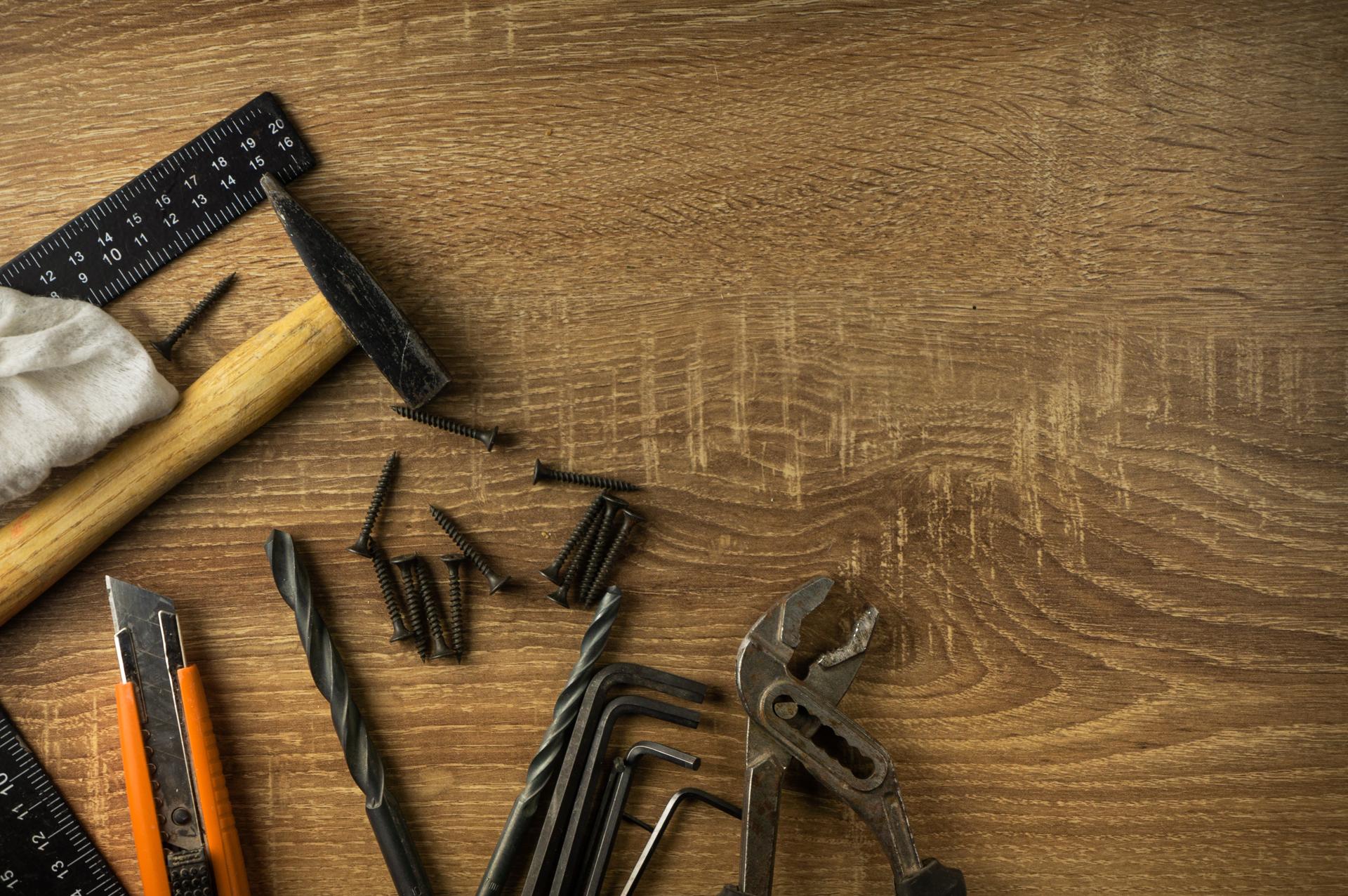Quit Spending Money on Plumbers! DIY Address Your Home's Plumbing Issues

The plumbing system is an integral component of every home. If they are not maintained properly they could be the source of numerous problems that can lead to frustration and expensive repairs.
However, there are many benefits to learning how to repair minor plumbing issues yourself, such as saving money and learning important knowledge. In this article, we will examine common plumbing issues and the DIY methods to fix these issues.
Common Plumbing Problems
Dripping Faucets
Dripping faucets aren’t only irritating, they also use up a large amount of water over the course of. The most frequent cause for the faucet to drip is a worn-out washer or O-ring. To resolve this issue shut off the supply of water for the faucet. take out the handle, and then replace the worn-out O-ring or washer.
Running Toilets
A running toilet is a common plumbing issue that can result in a significant loss of water. The most frequent cause is a faulty flapper valve that isn’t sealing properly, allowing water to escape from the tank and into the bowl. To fix this issue, turn off your water source to the toilet. take off the tank lid, and alter or replace your flapper valve.
Clogged Drains
Clogged drains can be caused by many things like soap, hair, or food particles. To resolve this issue you could try using a plunger or a drain snake to eliminate the blockage. Alternatively, you can use a mixture of vinegar and baking soda to dissolve the clog.
Low Water Pressure
Low pressure water in the pipes is often caused by a number of reasons, such as the buildup of minerals in the pipes or a malfunctioning pressure regulator. To resolve this issue it is possible to clean the aerator or replacing pressure regulator.
Tools Required for DIY Plumbing
For DIY plumbing, you’ll require some basic tools like the plunger, an adjustable wrench pipe wrench Teflon tape and a screwdriver. Having these tools on hand can make it much easier to fix minor plumbing issues.
Tips to be Safe when doing your own plumbing
Security should be a top priority whenever you are performing any plumbing work that you do yourself. Some safety tips to keep in mind include shutting off the water supply before starting any repairs, wearing gloves and safety glasses as well as keeping a first-aid kit nearby in case of emergencies.
DIY Plumbing Techniques
To fix common plumbing issues for common plumbing issues, you’ll need to know some DIY plumbing methods, such as how to turn off the water supply, how to fix a dripping faucet or an unresponsive toilet or unblock a drain, and ways to increase the pressure in your water. These tips can help you save time and money on small plumbing repairs.
Conclusion
In the end, knowing how to fix small plumbing problems yourself can be beneficial in numerous ways. It’s not just a way to save you money, but it can also give you an appreciation for your efforts and valuable knowledge. For more serious plumbing problems, it’s better to consult an experienced plumber.
FAQ
Can I fix a plumbing problem myself?
Yes, you can repair minor plumbing issues yourself by learning basic plumbing tips for DIY.
Which are the top frequent plumbing issues?
The most frequent plumbing issues are dripping taps and toilets that run blocked drains, and low pressure water.
What tools will I require for DIY plumbing?
You will need a few essential tools such as an adjustable wrench, a plunger, pipe wrench, Teflon tape, and a screwdriver.
Is DIY plumbing safe?
DIY plumbing is safe if you follow the safety guidelines and take proper steps.
When should I contact an experienced plumber?
You should contact a licensed plumber for plumbing problems of a serious nature that require specialist equipment and experience.
